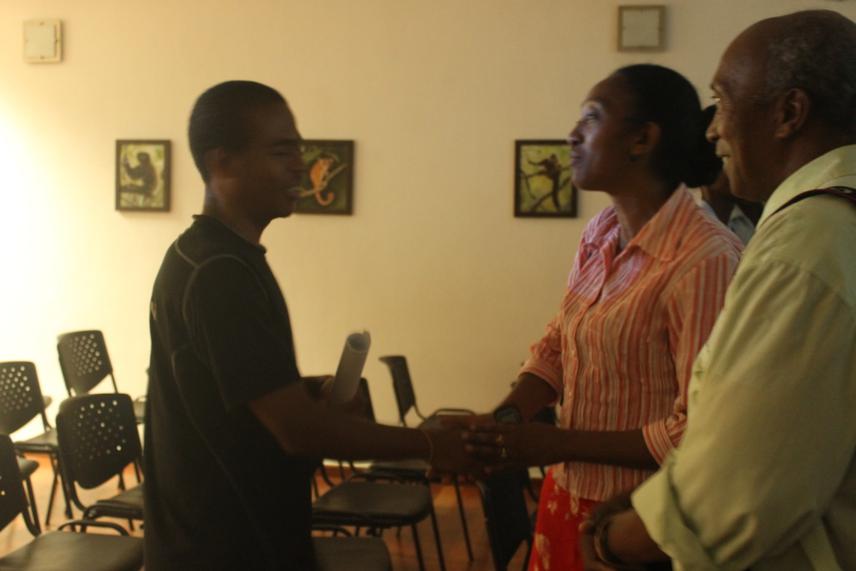Eric Marcel Temba
The ecotourism is known way to preserve the biodiversity; however it may cause some pressures to this latter. This project aims to measure the effectiveness of the conservation through the tourism impacts inside the national park in Madagascar.

Personal discussion with the head of MNP.
From September to December in 2010, a study concerning the breeding biology and reproductive success of the Spectacled Tetraka, Xanthomixis zosterops, a common bird species found in the understory stratum habitat in Ranomafana National Park was carried out. Ours results showed low reproductive success (13.8%) inside the park.
The Ranomafana National Park is a renowned ecotourism destination in Madagascar. Nevertheless, the massive rising of the number of trails inside the park is thought to affect bird nest success, either directly through trampling in the area, or indirectly by increasing nest detection by predators. This work focuses at finding a link between ecotourism and predation in order to influence the management of the track system in Ranomafana National Park, and potentially also in other parks in Madagascar. The species in focus, the Spectacled Tetraka, can be considered a good indicator of processes affecting the understory habitat, and it has two related endangered species in the area.
The work will be held in three different sites in and around the park. The first will be Talatakely where the flow of tourist is very high; the second site will be in Vohiparara which is part of the park but with low level of visits; the third one will be in the forest corridor where no ecotourism activities are detected and the habitat is rather pristine. In collaboration with the Park authorities, we will collect data on tourist densities for the period under study, for the two sites within the park. To determine the association between ecotourism and nest predation, we will first locate nests within each localities. We will then measure the density of tracks in the vicinity of the nesting sites. The distance between the nest and the main trail would be considered in order to measure the effect of tourists passing by, and sound recorders will be used to detect differences in anthropogenic noise. We will identify predators with two approaches: camera traps and track plates. Camera traps will also be set at the trails, to quantify the use of trails by the predators, and potentially quantify tourism flow.
This project evaluates the National Park’s effectiveness in protecting an indicator understory species, by assessing the reproductive success over a large area. It also says the effects of eco-tourism on the effectiveness of conservation, by addressing the effect of direct anthropogenic disturbance, and relating this disturbance to potentially increased density of predators.